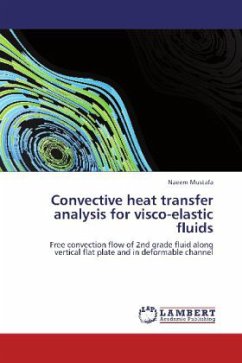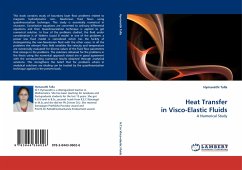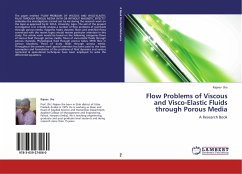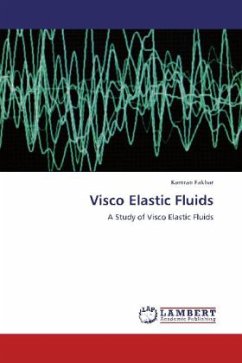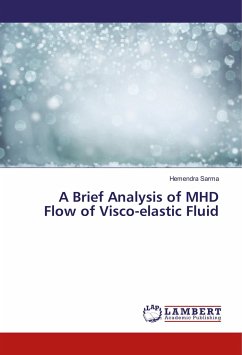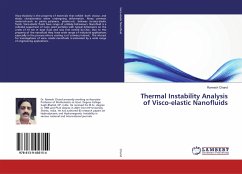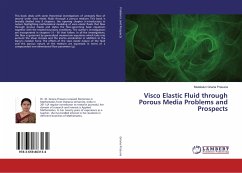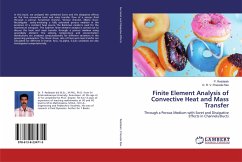Ch. 1 comprises the motivation to the study, the description and the historical background of the problems considered in other chapters. Ch. 2 includes all basic definitions, the governing equations and techniques that are exploited in the rest of dissertation. In ch. 3, the natural buoyancy effect on 2nd-grade fluid along a vertical plate is analyzed. The asymptotic method in conjunction with Pade approximation, the LNS local nonsimilarity solution method and Keller Box technique are exploited to get the solution. Study of the natural buoyancy for 2nd -grade flow along a heated vertical plate with variable heat flux is considered in ch 4. The influence of dissipation term on natural buoyancy is discussed in ch. 5 for a second grade fluid along flat vertical plate. Ch 6 is mainly composed of buoyancy flow between two expanding/contracting vertical surfaces with variable temperature on both walls. Ch 7 is to analyze the natural buoyancy of second grade fluid in a deformable channel with variable heat flux at both walls. Analytic solutions of nonlinear problem arising in chapters 6 and 7 are developed by HPM. The numerical results are also obtained using method of parallel shooting.

